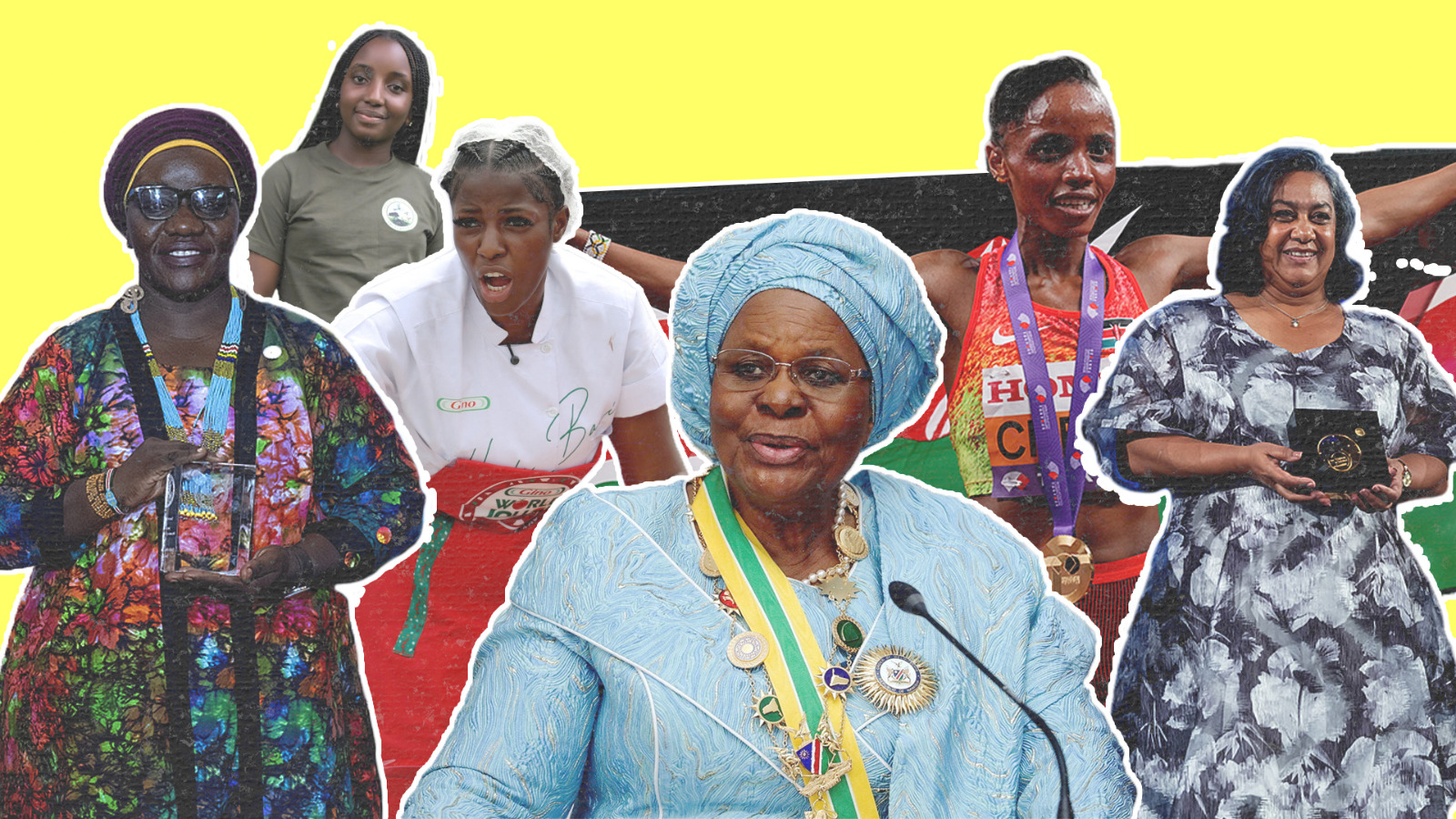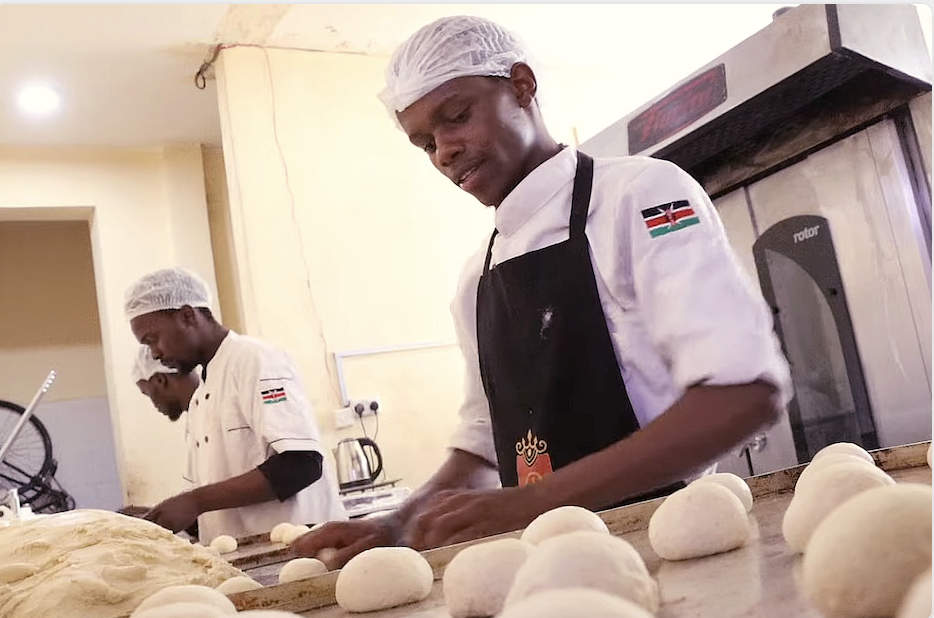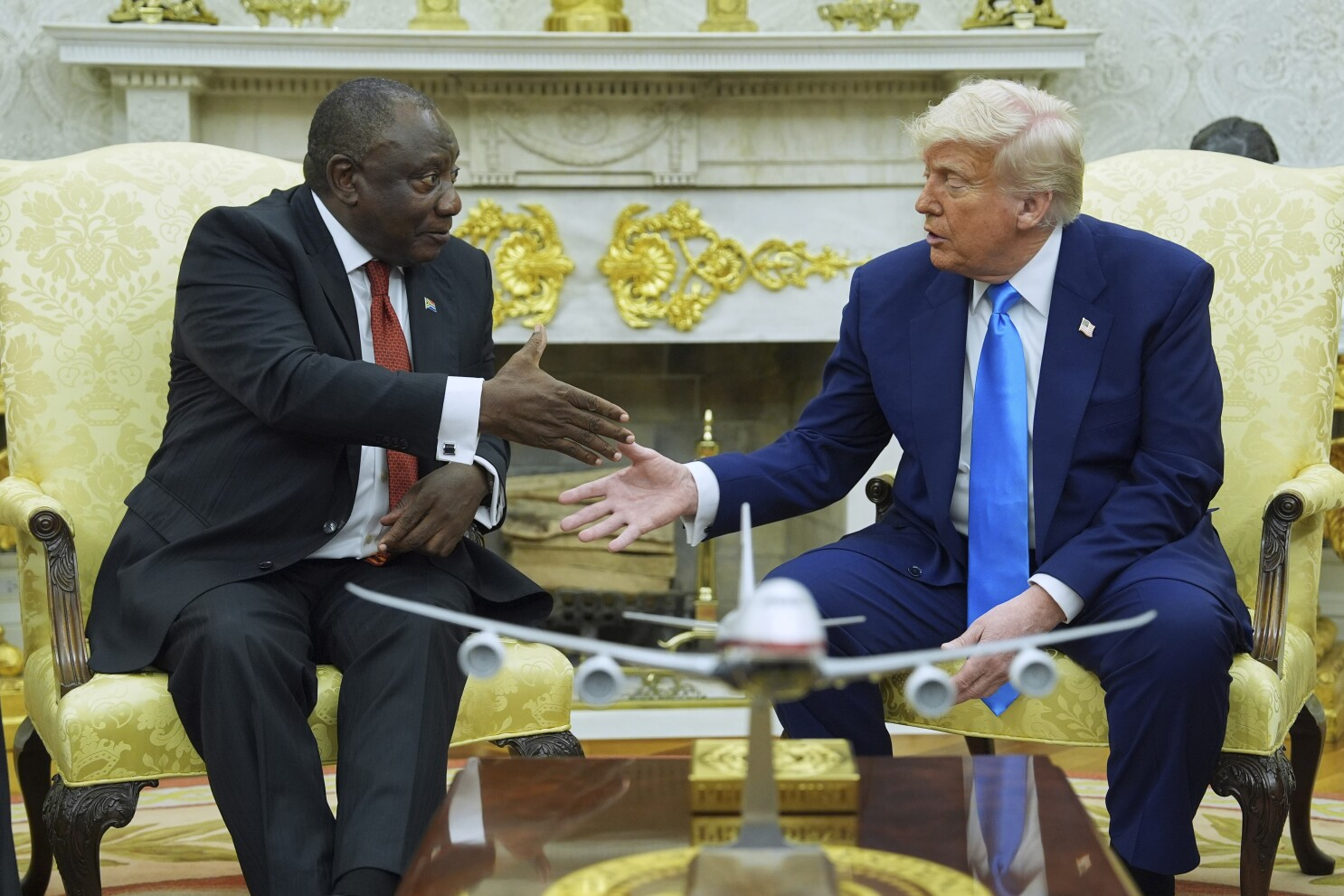#DadaabShutdown: History of the refugee camp
More than 20 years later, the Kenyan government announced its intention to close what is referred to as the world’s biggest refugee camp, Dadaab.
The Kenyan government has cited “reasons of pressing national security” for the decision.
Dadaab Refugee Camp is located approximately in the Kenya’s north-eastern county of Garissa, 100 kilometres from the Kenya-Somalia border.
The camp hosts people that have fled various conflicts in the larger Eastern Africa region. UNHCR, which manages the Dadaab complex, set up the first camps there between October 1991 and June 1992. This followed a civil war in Somalia that in 1991 had culminated in the fall of Mogadishu and overthrow of the central government.
“The original intention was for the three Dadaab camps to host up to 90,000 people,” said UNHCR spokesman Andrej Mahecic in 2012 while marking the camp’s 20th anniversary. “However today they host more than 463,000 refugees, including some 10,000 third-generation refugees born in Dadaab to refugee parents who were also born there.”
The Dadaab camps (Ifo, Dagahaley, Hagadera) were constructed in the early 1990s. Ifo camp was first settled by refugees from the civil war in Somalia, and later efforts were made by UNHCR to improve the camp.
As the population expanded, UNHCR contacted German architect Werner Shellenberg who drew the original design for Dagahaley Camp and Per Iwanson initiated the creation of Dagahaley camp.
For many years the camps were managed by CARE, and later environmental and waste management issues were overseen by GTZ.
UNHCR teams are involved in protection and community-services work including carrying out regular protection monitoring and livelihoods projects.
In 2006, flooding severely affected the region. More than 2,000 homes in the Ifo refugee camp were destroyed, forcing the relocation of more than 10,000 refugees. The sole access road to the camp and to the town was also cut off by the floods, effectively cutting off the town and refugee camps from essential supplies. Humanitarian agencies present in the area worked together to bring vital goods to the area.This effort resulted in the creation of the Ifo 2 camp extension in 2007 by the Norwegian Refugee Council.
Legal problems with the Kenyan Government however prevented Ifo 2 from fully opening for resettlement until 2011.
With camps filled to capacity, NGOs have worked to improve camp conditions. However, as most urban planners frequently lack the tools to contend with such complex issues, there have been few innovations to improve Dadaab. Opportunities remain such as upgrading and expansion processes for communications infrastructure, environmental management and design.
In 2011, the East Africa drought caused a dramatic surge in the camps’ population. In July 2011, it was reported that more than 1000 people per day were arriving in dire need of assistance. The influx reportedly placed great strain on the base’s resources, as the capacity of the camps is about 90,000 whereas the camps hosted 439,000 refugees as of July 2011 according to the UNHCR. The number was predicted to increase to 500,000 by the end of 2011 according to estimates from Médecins Sans Frontières.
Those population figures ranked Dadaab as the largest refugee camp in the world.
On the 10th November 2013, Kenya, Somalia and UNHCR signed a deal to repatriate Refugees back to Somalia voluntarily.
After years of stagnation, the Kenyan government has now earmarked $10 million and crated a task force to expedite the closure.
Following the Garissa University College attack in April 2015, which resulted in 148 deaths, the Kenyan government asked the UNHCR to repatriate the remaining refugees to a designated area in Somalia within three months.
On 6 May 2016, the Kenyan government again announced it would close Dadaab as well as Kakuma refugee camp. The government declared it had already disbanded its Department of Refugee Affairs as part of the move.
Principal Secretary of the Ministry of Interior Karanja Kibicho declared, “Due to Kenya’s national security interest, the government has decided that hosting of refugees has to come to an end. The government acknowledges that this decision will have adverse effects on the lives of refugees but Kenya will no longer be hosting them.”
The UN has raised concerns on this directive with the Secretary-General Ban Ki-moon reiterating his concerns on the planned shutdown of the Dadaab refugee camps during talks in Istanbul on Monday with Deputy President William Ruto.









